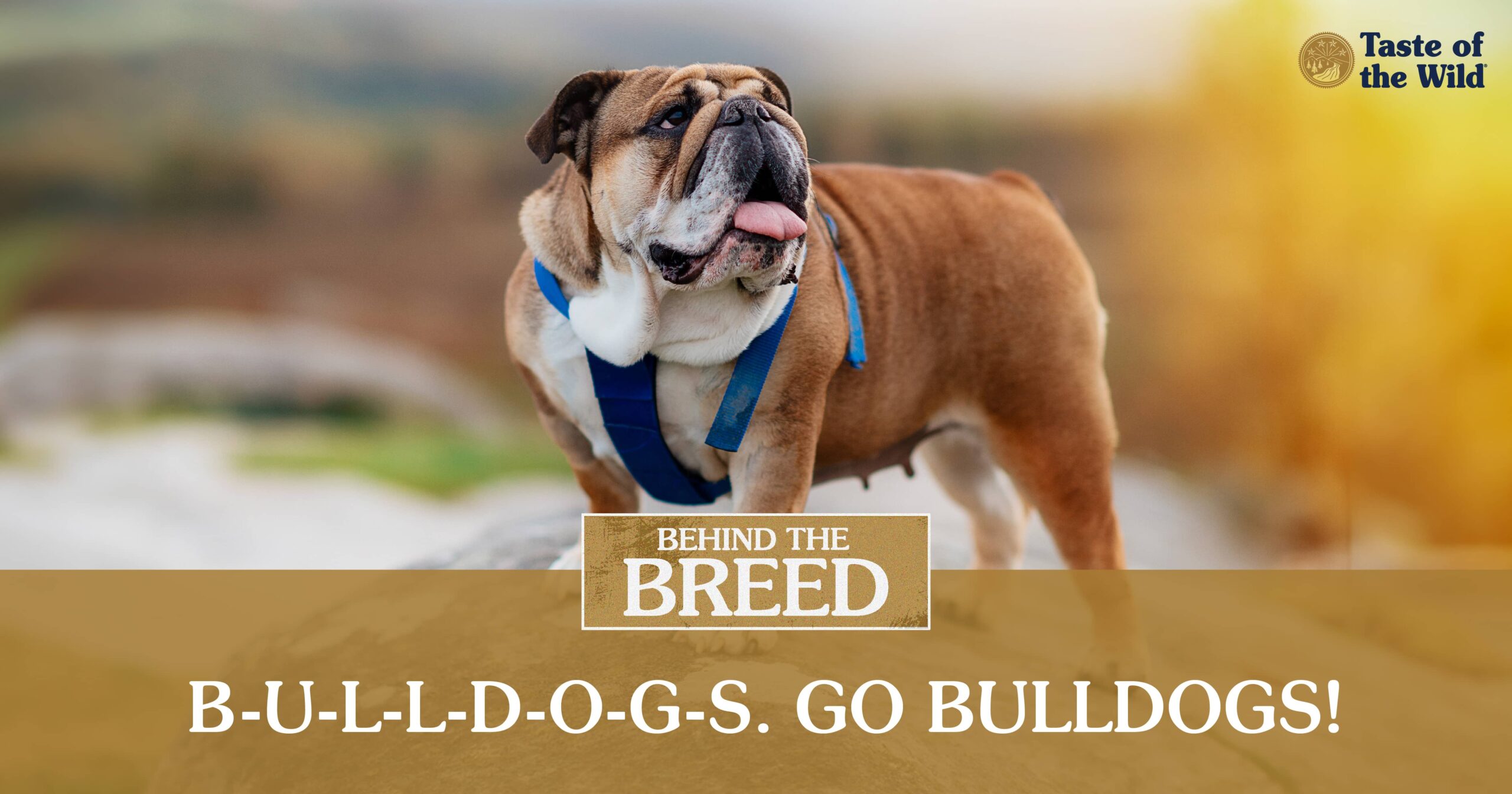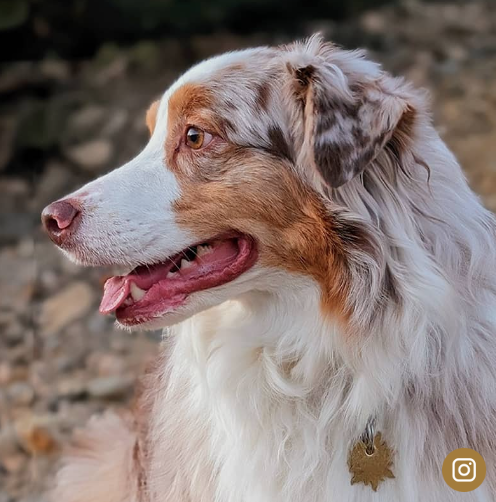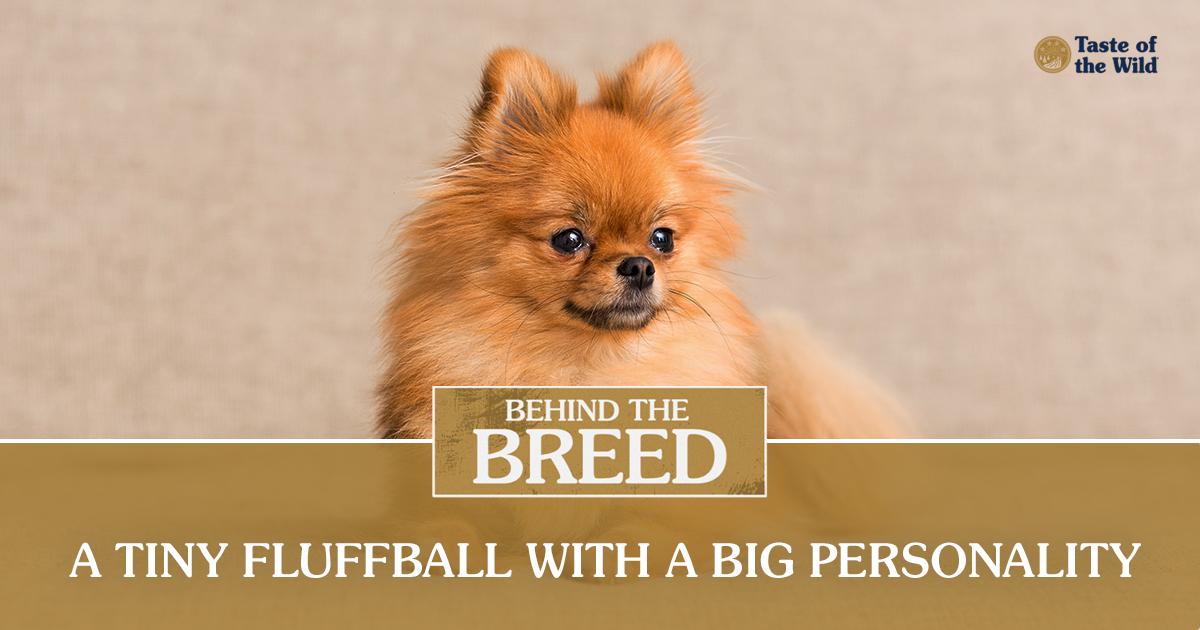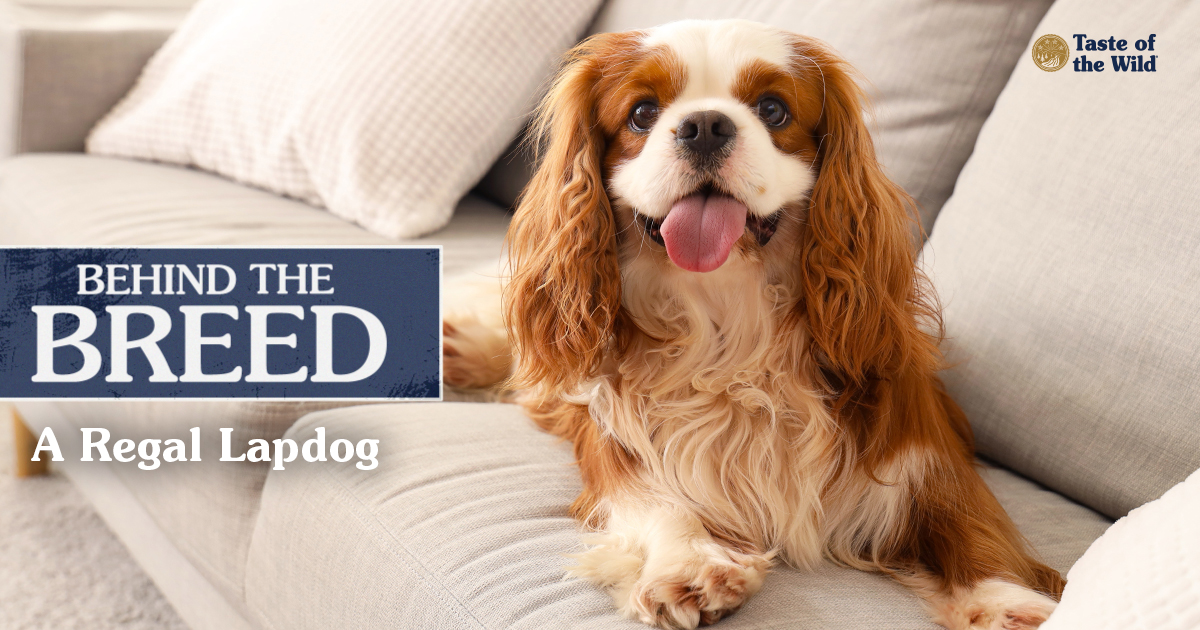Behind the Breed: English Bulldog
Category: Behind the Breed

Have you ever wondered where a dog breed originated from? In our “Behind the Breed” series we’ll dive into the history, personality and physical appearance of a particular breed. We’ll also cover some of the FAQs about the breed and maybe some fun facts, too!
The English bulldog is like a prizefighter, with a well-muscled and sturdy build, exuding strength and stability. Because of their short-faced heads, wide shoulders, sturdy limbs and low-slung bodies, they are never mistaken for another breed. But don’t be fooled by their appearance — English bulldogs tend to be kind, docile, courageous and loyal companions.
A History of the English Bulldog
According to the American Kennel Club (AKC), the bulldog can be traced back to 13th-century England during the rule of King John. Originally bred as a vicious dog with a high pain tolerance, the breed’s numbers began to decline after bull-baiting was outlawed in 1835. However, bulldog breeders recognized the potential of the dogs, and the same breed became gentle and devoted family pets.
During World War II, the bulldog was referred to as “The Churchill Dog” due to Prime Minister Winston Churchill and the bulldog sharing a similar jowly face. The bulldog reference was also a nod to the prime minister’s determination and strength.
Many other dogs can trace their backgrounds to the English bulldog, such as the French bulldog and the olde English bulldogge. American bulldogs are descendants that were brought by immigrants to America as early as the 17th century. The English bulldog’s influence extends beyond these breeds, contributing to various types of bulldogs and bulldog-like breeds around the world.
Recognized by the AKC in 1886 as an official breed, the English bulldog has evolved into the affectionate, calm and lovable companion dog that we know today.
Characteristics of the Purebred Dogs
English Bulldog Weight
English bulldogs are medium-sized dogs, with males typically weighing between 50 to 55 pounds and females slightly smaller, ranging from 40 to 50 pounds. They usually stand between 14 to 15 inches at the shoulder. Their compact, muscular build gives them a sturdy and robust presence.
English Bulldog Colors and Coat Type
They have a smooth, short coat that lies close to their body. Bulldog coats come in a variety of colors, including white, fawn, fallow, red and combinations of these. Patterns and markings may include brindle, piebald, ticking, black masks, black tipping and a minimal amount of solid black in piebalds. If you’re wondering, “Do bulldogs shed?” the answer is yes! They typically shed all year round but may shed more in spring and fall.
Bulldog Facial Features
One of the most recognizable features of the breed is its wrinkled face. A bulldog’s face is flat with a pushed-in nose, a pronounced underbite and deep-set eyes that give them a distinctive look.
English Bulldog Behavior
Bulldogs form strong bonds with their families and are known for their loyalty. They are particularly good with children and can be very patient. Their gentle nature makes them great companions.
However, they can be quite stubborn and may not always be the easiest dog to train. But with consistent training sessions, positive reinforcement and patience, they can learn commands and tricks.
English bulldogs have an easygoing temperament and generally get along well with other pets and dogs. They are adaptable to various living situations, including apartments, as long as they have their basic needs met along with mental stimulation.
Some Dog Breeds Are More Susceptible to Certain Health Issues
English bulldogs are a charming breed with their distinctive wrinkled faces and stocky build, but they do come with potential health issues. Not all bulldogs may have the genetic dispositions for these diseases, but they face an elevated risk. Understanding these concerns is important when breeding bulldogs and it can also help bulldog owners provide better care and manage their dog’s health more effectively.
- Obesity: Due to their physical structure and relatively sedentary nature, English bulldogs can easily become overweight. Excessive weight can exacerbate other health problems, including joint issues and respiratory difficulties. A balanced diet and regular exercise are essential for maintaining a healthy weight.
- Skin issues: Bulldogs have excessive skin folds and wrinkles, which can be prone to infections and irritations. Regular cleaning and drying of this loose skin are essential to prevent skin or fungal infections. It’s also crucial for pet parents to monitor for itching or redness and consult a veterinarian if they see signs of an infection.
- Brachycephalic obstructive airway syndrome (BOAS): This is one of the most significant health concerns for the bulldog breed due to their short, flat faces. The structure of their airway can lead to breathing difficulties. Symptoms may include snoring, wheezing and excessive panting. In severe cases, surgical intervention might be necessary to improve airflow.
- Heat sensitivity: Like other brachycephalic dog breeds, English bulldogs are particularly vulnerable to heatstroke. It’s important to keep them in a cool environment and avoid excessive exercise in hot weather.
- Hip dysplasia: This is a common condition where the hip joint doesn’t fit into the hip socket properly, leading to arthritis and pain. Regular checkups and maintaining a healthy weight can help manage this condition, and in severe cases, surgical options may be recommended.
- Elbow dysplasia: Similar to hip dysplasia, this condition affects the elbow joint and can cause pain and lameness.
To ensure your dog maintains a healthy weight, regular brisk walks and a balanced diet can help reduce weight gain and excess weight. Routine veterinary checkups, monitoring your dog’s weight and a healthy lifestyle can ensure a happy and comfortable life for your pet.
What Age Dog Is Best for You?
When considering an English bulldog puppy or rescuing an adult bulldog, it’s crucial to carefully evaluate their health and temperament. For English bulldog puppies, look for signs of good health such as clear eyes, clean ears and a shiny coat. Ensure they are playful and interactive, which indicates proper socialization and vitality. For adult bulldogs, they should be friendly and well-adjusted, without signs of aggressive behavior. Learning a rescue dog’s age can also be helpful; the English bulldog lifespan is typically 8–10 years. Whether you are looking at English bulldog puppies or rescue bulldogs, ensure that they are free from major health issues. A thorough evaluation helps ensure that you’re bringing a healthy and well-adjusted bulldog into your home.
The Bulldog Club of America recommends that bonding and house training of English bulldog puppies should begin immediately to stop undesirable behaviors. Leash training of English bulldog puppies should also begin right away as well as grooming sessions of the dog’s coat. Training English bulldog puppies is most successful when started at an early age, using praise and rewards for good behavior. When working with a bulldog puppy or any other breeds, it’s best to have patience and look to experts for training tips.
More Than Just a Pet
English bulldogs have been used as sports mascots for a variety of teams. Some say Yale University’s Handsome Dan was the first animal mascot used to represent a sports team. According to the AKC, 49 universities in the United States have a bulldog as a mascot. The distinctive appearance and personalities of bulldogs make them a fitting symbol for sports teams, embodying resilience and a fighting spirit.
The information in this blog has been developed with our veterinarian and is designed to help educate pet parents. If you have questions or concerns about your pet’s health or nutrition, please talk with your veterinarian.




